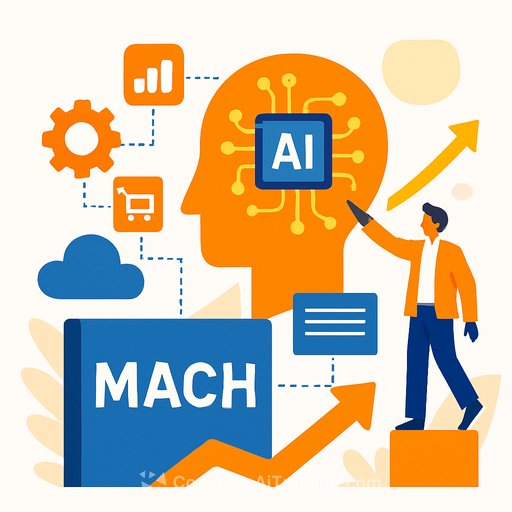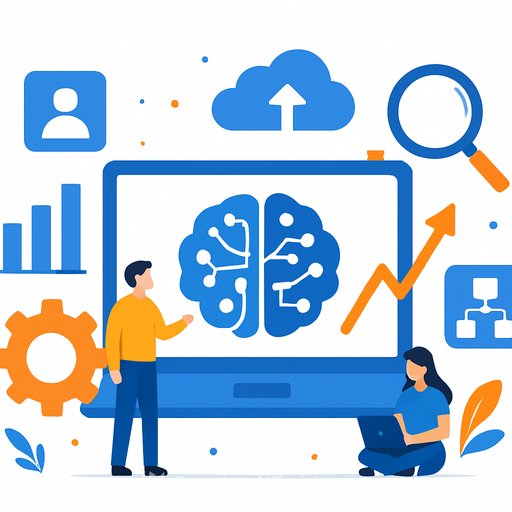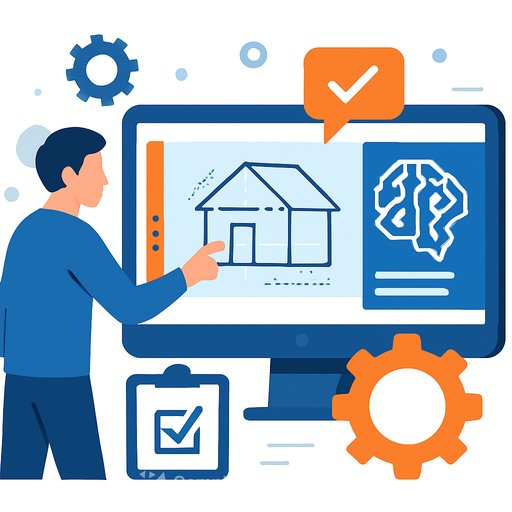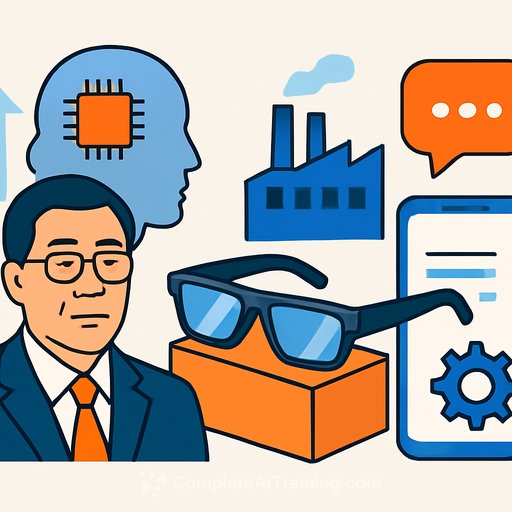Start with MACH for AI That Actually Delivers
AI is transforming how businesses innovate, personalize, and compete. But to fully tap into AI’s potential, companies must move beyond outdated legacy systems. MACH architecture offers the flexibility needed to integrate AI effectively and keep pace with digital demands.
A New Way of Working for AI
AI-driven automation has evolved from simple tasks to complex decision-making processes. Business leaders are now using AI to enhance personalization, improve search functions, and create better user experiences. AI enables hyper-personalized, real-time recommendations that were once unimaginable, especially in e-commerce and media.
However, many organizations struggle because their monolithic systems aren’t built for AI integration. AI needs to be embedded across all systems, requiring modular and flexible architectures. Without this, adapting quickly to changing market needs becomes difficult.
What is MACH?
MACH stands for Microservices, API-first, Cloud-native, and Headless. It supports a composable architecture, allowing businesses to pick best-of-breed solutions for each function while maintaining integration.
Think of MACH as building with Lego blocks rather than a rigid mold. This modular approach lets companies develop AI features independently, deploy them quickly, and ensure seamless interaction with existing workflows.
- Microservices: Build and deploy AI capabilities system-by-system without disrupting the whole stack.
- API-first: Enable AI agents to communicate and coordinate across diverse services.
- Cloud-native: Scale AI’s computing needs efficiently in the cloud.
- Headless: Deliver AI-powered experiences across web, mobile, and future platforms without constraints.
This approach moves businesses away from large, disruptive digital overhauls to continuous improvement and faster AI adoption.
Why Many Businesses Hesitate
Despite clear benefits, many hesitate to adopt MACH and composable architectures. Concerns include the complexity of transition, change fatigue, and uncertainty about where to start. Yet, delaying modernization risks falling behind more agile competitors.
History shows us the cost of slow adoption. Just as companies once underestimated the internet’s impact, businesses today risk missing out on AI’s advantages if they don’t act swiftly.
Building an Agile AI-Ready Infrastructure
Successful AI adoption demands treating digital infrastructure as a flexible ecosystem designed for ongoing evolution. MACH architecture lays the groundwork for this agility, allowing product teams to implement automation, personalize customer journeys, and scale innovation efficiently.
For product development professionals, understanding and advocating for MACH and composable systems is essential. This foundation enables quicker AI integration and adaptation to shifting market needs.
To explore practical AI training and courses that align with this approach, check out Complete AI Training’s latest AI courses.
Your membership also unlocks:






